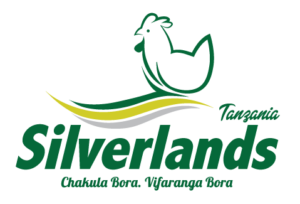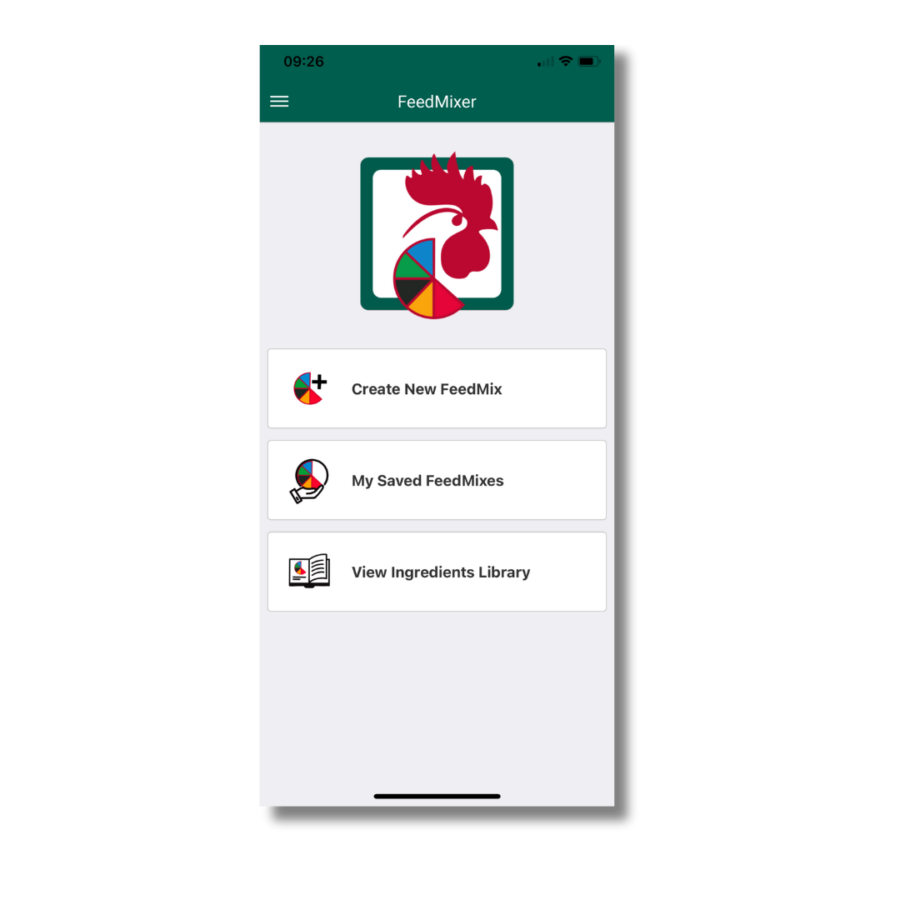
Thank you to Silverlands for their support in creating the videos.
The World Poultry Foundation has developed this Brooding Manual to assist in the proper care and production of healthy dual-purpose chicks. This training manual has been developed to guide and assist in the proper management and care for flock of day-old chicks. It has been formatted in Chapter form to make navigation of the manual user-friendly. Each chapter is designated for a specific management category, although there will be some overlap among the chapters. The Brooder Unit is available in English, Spanish, Portuguese and Arabic.
As part of the APMI Program, the Small-scale Producer (SSPs) Training Resources were created to provide SSPs with convenient visual and video guides to support dual-purpose poultry production. These resources serve as a visuals to assist SSPs in successfully raising dual-purpose poultry (DPP). Our Small-scale producer materials are now available in English, Chinyanja, Madinka, Wollof, Krio, Shona and Swahili.
As part of the APMI Program, the Field Service Representative (FSRs) Tip Cards were created to provide on-the-ground FSRs with a convenient reference guide. These cards serve as a quick resource to assist FSRs in supporting Brooder Units and farmers who are raising dual-purpose poultry (DPP).
The World Poultry Foundation sponsored a multi-year hatchery improvement program for small independent owners in the northern region of Vietnam.
The World Poultry Foundation prepared this set of worksheets to help manage a poultry house. The worksheets cover topics such as poultry house capacity, weighing chicks, crop fill and properly locating thermometers.
The World Poultry Foundation developed this collection of checklists to help manage poutlry houses, with helpful lists covering chick arrival, weighing your chicks, morning & evening recommended routines, feed, vaccinations and biosecurity.
The Manual for Livestock Farm Management (Manuel De Gestion Des Unités D’élevage) was produced as part of the “Conserving the Biodiversity of Northern Congo by Diversifying the Livelihoods of Bushmeat Value Chain Agents and Increasing Poultry Production” program in the Republic of Congo (RoC) to support production of dual-purpose Sasso birds in RoC.

Thank you to Silverlands for their support in creating the videos.

The FeedMixer App
Feed quality and access in the rural areas is a challenge for farmers and producers in the developing countries. Due to this, many producers blend their own feed from locally available feedstuffs for their livestock. This presents a problem, not only in formulation accuracy for the nutritional needs for their locally produced poultry, but also in the use of optimal ingredients for poultry diets.
Recognizing this challenge, the World Poultry Foundation funded the development of a Feed App through partnership with the University of Georgia. This feed App (FeedMixer), is now available at no cost from App sites, allowing farmers a simple way to mix a nutritious and cost effective feed mixes for their birds.